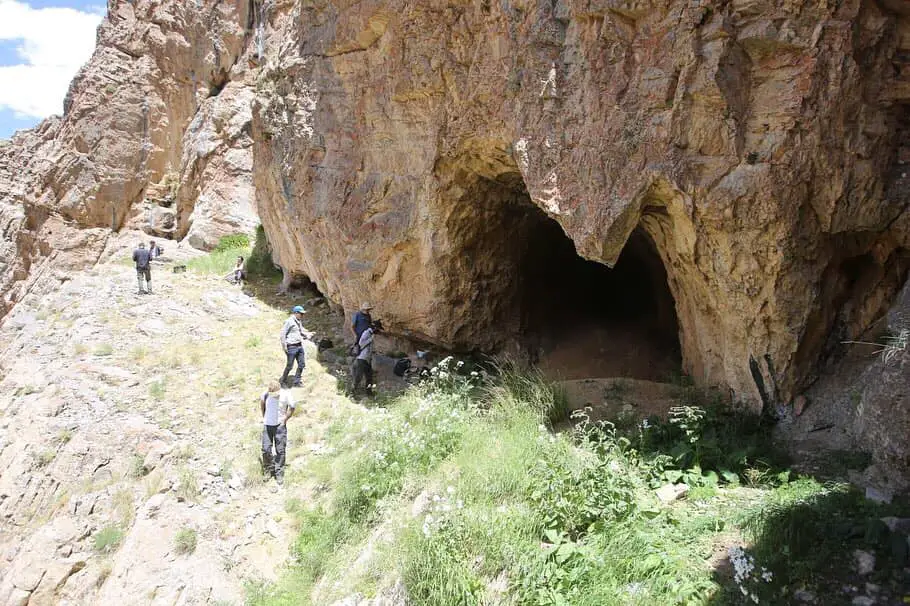Archaeologists recently made an exciting discovery in the Gürpnar region of eastern Turkey’s Van province. They found the remains of an ancient castle on a mountain, sitting at an impressive elevation of 2,500 meters (8,200 feet) above sea level. This castle dates back a staggering 2,800 years and has seen the presence of various cultures since the time of the Urartians.
The excavation was sponsored by Van Yüzüncü Yıl University, and during their operation, the archaeologists uncovered not only the castle but also a massive cistern measuring 6.5 meters in depth, length, and a diameter of 2.5 meters. They also found remnants of walls and pottery objects.
Rafet Çavuşoğlu, the head of the excavation team and an archaeology professor at Van Yüzüncü Yıl University, explained that although the castle is believed to belong to the Urartian era, it was primarily used during the Middle Ages. By examining the ceramic pieces, the cistern, and the city walls, they estimated that this place was constructed approximately 2,800 years ago using limestone rock and sandstone for the walls.

The discovery of this castle is significant for the district, as it adds to its historical richness. Hayrullah Tanış, the district mayor of Gürpınar, expressed his excitement about the finding, stating that it provides evidence of both the Urartian period and the Middle Ages. He emphasized the potential impact on tourism and culture.
The Kingdom of Urartu, also known as the Kingdom of Van, existed from the 9th century BCE and thrived in ancient Armenia, eastern Turkey, and northern Iran. Known for its advanced arts and crafts industry, particularly in metals, the kingdom relied on military strength and fortifications to maintain control over its territories. However, the kingdom eventually vanished in the 6th century BCE and was only recognized as a unique ancient civilization through excavations conducted in the 19th century CE.
The name “Urartu” is derived from the Assyrian word “urashtu,” which means “high location” and likely refers to the region’s hilly terrain or the culture’s practice of fortifying elevated areas. The Babylonians referred to them as “uruatri,” and the Hebrews called the kingdom Ararat. The Urartians called themselves “Biaina,” and their state was known as “Biainili.”
The capital of the Urartian kingdom during the 9th century BC was Tusba, also known as Thusba, which is located in the present-day district of Van province.